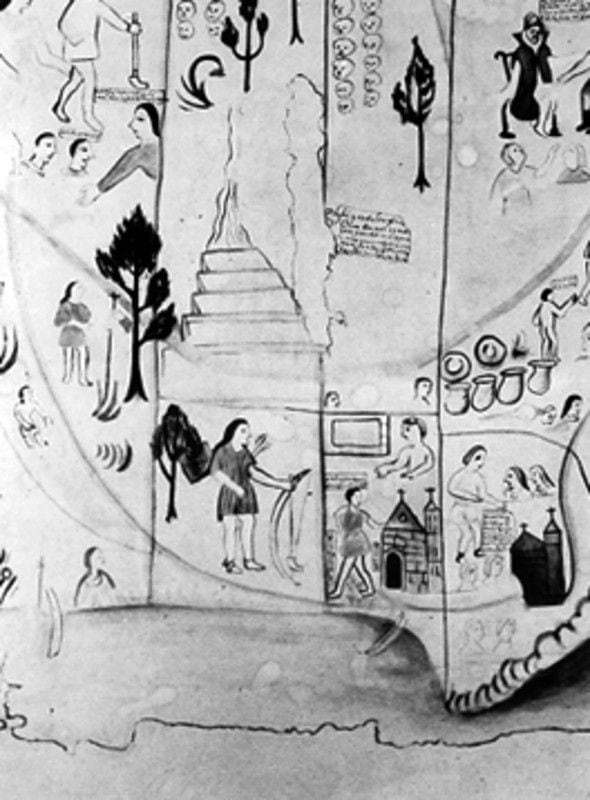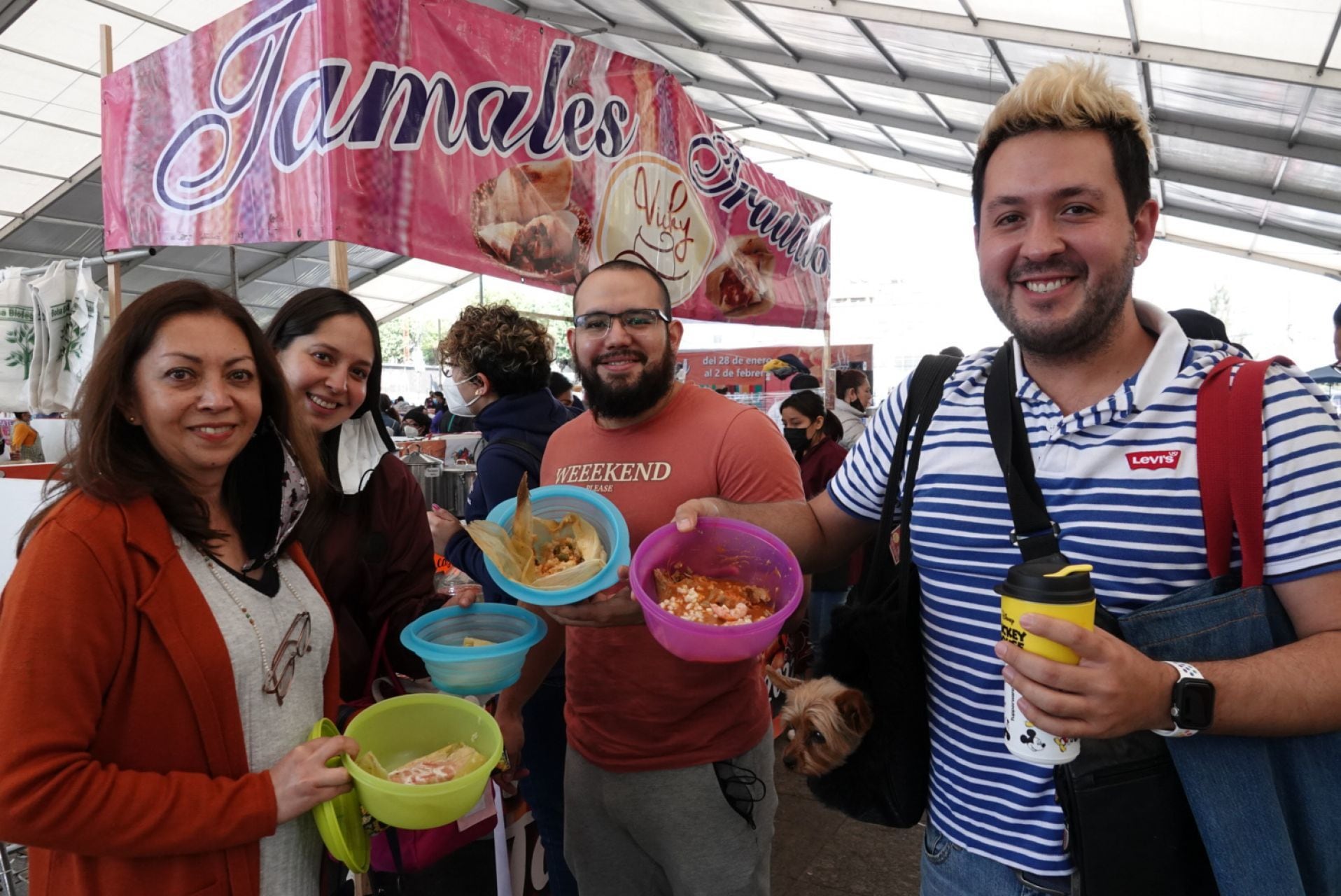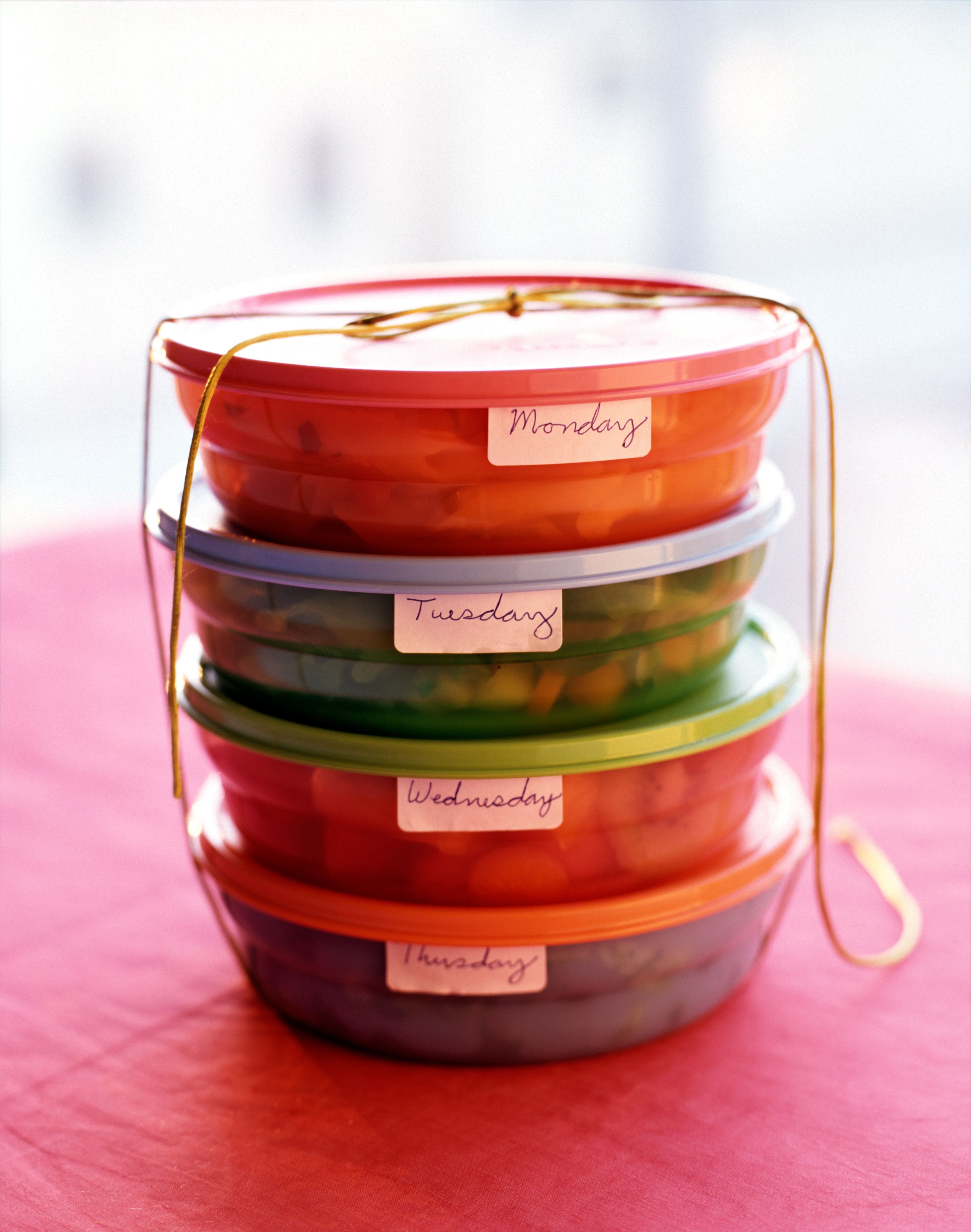:quality(85)/cloudfront-us-east-1.images.arcpublishing.com/infobae/62VDSNN66JFPNOAZ6ZEAVHJVW4.jpg 420w)
In Mexico, it is customary that at parties or gatherings with friends and family, some of the leftover food is shared with the guests in order not to be wasted. It is about asking for “itacate” and it originates from the Mesoamerican peoples, specifically from the Nahuatl culture.
The word itacate comes from the Nahuatl word “itacatl”, which was a kind of backpack where food was transported when they went on expeditions far from their homes. Over time it became a very common practice among peasants who went out for long hours of work and women mainly put food to them to take away. This continued to be used in the Spanish era until today. It is said that some of the food they transported were tlacoyos or the famous mining enchiladas.

Tlacoyos are a dish of pre-Hispanic origin, it comes from the Nahuatl word “tlaoyo” which means shelled corn pie, and it is an oval-shaped nixtamalized corn dough which can be filled with beans, beans, cottage cheese, etc. On the outside it is complemented with nopales, sauce, cream and onion.
It is known that the indigenous people of Mesoamerica used this dish as a provision for long trips on foot, in addition to not eating more than twice a day, but the nutritional richness of nixtamalized corn provided them with the energy needed for their work.
Another of the foods that were common and that are until today are beans, which were also made pasta and served as a filling for tamales or to spread on tortillas. Some of the foods that Father Fray Bernardino de Sahagún commented on in some of his writings were: large tortillas doubled with hot sauce, meat tamales and large thick tortillas with a pumpkin seed sauce, as a drink chocolate was the most common thing.

In the Nahua settlements of the Valley of Mexico, there were communities dedicated to hunting, fishing and gathering. Some of the utensils used in pre-Hispanic cooking are still used today, such as metates that are used to grind grains or minerals, the griddle to heat certain foods, clay pots, jicaras for drinking liquids, among others.
One of the most important celebrations was the “Great Feast of the Lords”, where large quantities of chianpinolli, a mixture of water and chia flour, were prepared and where food was first served to children.
Itacate today is what we call lunch, like taking food from home to school or office. Well, as in pre-Hispanic times, it fulfills the same function of moving food for an activity outside the home.

As social functions currently, the fact that the host of the meeting distributes the food with his guests demonstrates that it is shared, in addition to that the food would not be wasted if it was too much. On the other hand, asking for itacate is seen as a compliment to the good seasoning of the hosts because it shows that you want to enjoy the food again.
In Mexico we use several words of Nahuatl origin, especially in Mexican cuisine such as moli (mole), nopal (nopal), eloti (corn), chocolatl (chocolate), chilakil (chilaquiles), atoli (atole), kilitl (quelite), tomato (tomato), chili (chili), guacamoli (guacamoli) him).
KEEP READING:
